Tropical fruits are more than just sweet and juicy delights—they are also powerful economic commodities that fuel international trade, support millions of farmers, and boost national GDPs. As demand for exotic fruits like mangoes, pineapples, bananas, papayas, and avocados surges globally, a few countries have established themselves as dominant players in the tropical fruit export market. But which nations truly lead the charge in exporting these sun-drenched fruits? This article dives deep into the top tropical fruit-exporting countries, examining what makes them successful, what fruits they export the most, and how global demand shapes the industry.
Why Tropical Fruits Matter in Global Trade

Tropical fruits are predominantly grown in the warm, humid regions of the world—especially Asia, Latin America, and Africa. These fruits are favored for their nutritional value, unique flavor profiles, and increasing use in juices, smoothies, frozen products, and wellness products. The growing health consciousness among consumers in North America, Europe, and parts of Asia has caused an upward trend in tropical fruit imports.
Global trade in fresh tropical fruits has nearly tripled over the past two decades. According to the Food and Agriculture Organization (FAO), bananas alone accounted for nearly 60% of tropical fruit exports in recent years. But non-traditional fruits like avocados, mangoes, and pineapples are quickly catching up.
1. Ecuador – The Banana Giant
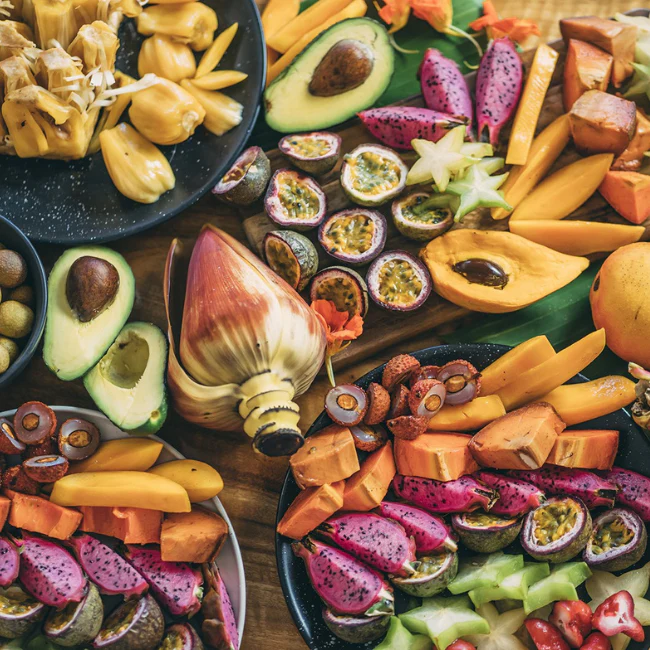
Top Export: Bananas
Annual Export Value: Over $3 billion USD
Main Export Destinations: Russia, European Union, USA, China
Ecuador is widely recognized as the world’s largest exporter of bananas, supplying over 25% of the global demand. Its favorable climate, rich volcanic soil, and well-developed logistics network make it ideal for banana cultivation. Ecuador’s export success is also attributed to strict phytosanitary standards and the ability to supply bananas year-round.
Banana exports have long supported Ecuador’s rural economy, with hundreds of thousands of people employed in plantation management, packing, and shipping. Ecuador has also diversified into mangoes and pineapples in recent years, although on a much smaller scale.
2. Philippines – Asia’s Banana and Pineapple Leader
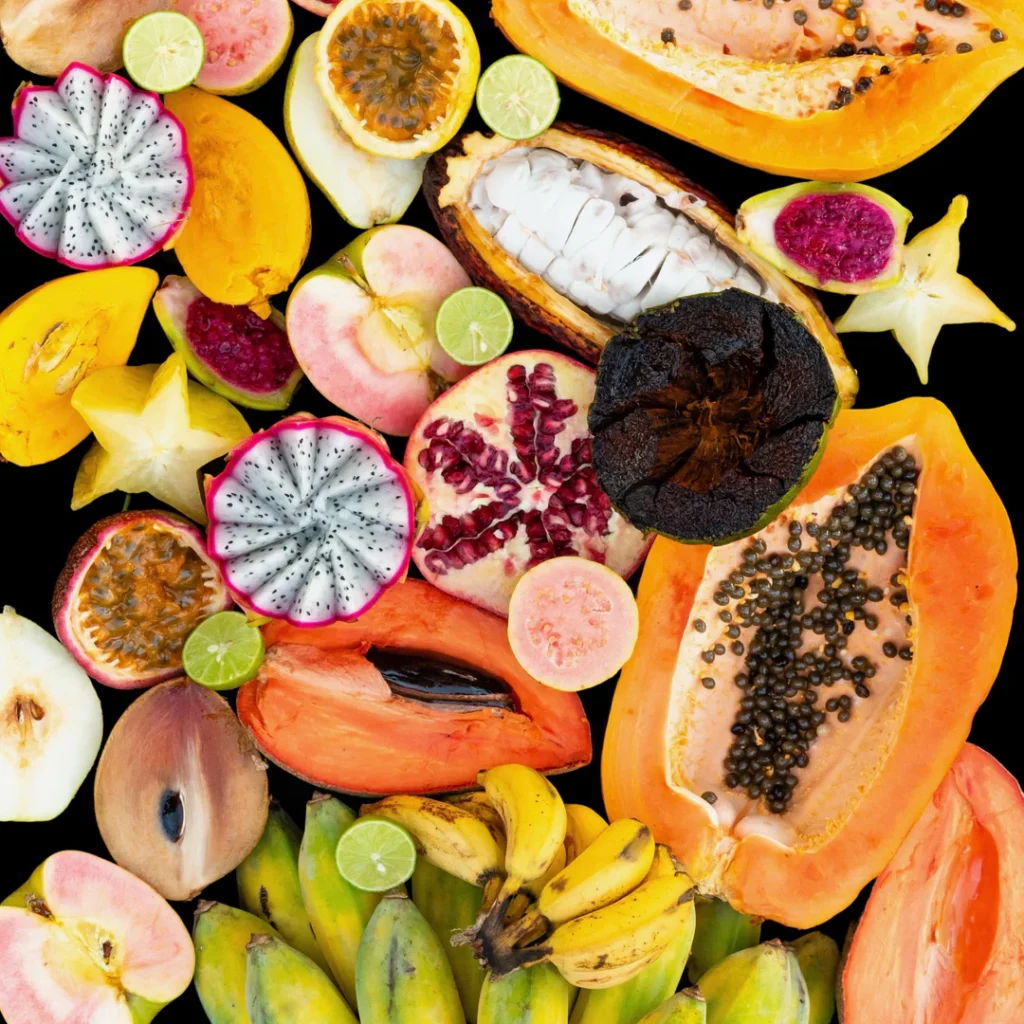
Top Exports: Bananas, Pineapples, Mangoes
Annual Export Value: Approx. $1.8 billion USD
Main Markets: Japan, China, South Korea, Middle East
The Philippines is a tropical fruit powerhouse in Asia, with bananas being the top export commodity. The country’s Davao region is especially prominent for its banana plantations. Pineapples and mangoes from the Philippines are also highly valued in international markets for their sweetness and quality.
The Philippines’ long-standing trade agreements and proximity to major Asian markets give it a strategic edge. However, challenges such as typhoons, plant diseases, and land disputes continue to pose threats to consistent export growth.
3. Mexico – The Avocado King
Top Export: Avocados
Annual Export Value: Over $3 billion USD
Key Markets: USA, Canada, Europe
Mexico is the undisputed leader in avocado exports, often dubbed “green gold.” The Michoacán region has ideal conditions for growing Hass avocados, and Mexico enjoys year-round production. Nearly 80% of avocado imports into the U.S. originate from Mexico, thanks to the North American Free Trade Agreement (now USMCA) and efficient cross-border logistics.
Mexico also exports mangoes, pineapples, and papayas, but avocados are by far the most lucrative. The country’s avocado boom has boosted employment and infrastructure development but also raised environmental concerns like deforestation and water use.
4. Costa Rica – Sustainable and Strong in Pineapples
Top Export: Pineapples
Annual Export Value: $1.5 billion USD
Key Destinations: USA, Europe
Costa Rica is one of the largest pineapple exporters in the world and is also known for its commitment to sustainable farming. The country has invested heavily in improving agricultural practices, including organic and fair-trade certifications. Pineapples from Costa Rica are prized for their quality, appearance, and shelf life.
Costa Rica also exports bananas and some papayas, but pineapple is the star. Many multinational fruit companies operate in the country, helping enhance its export capacity and standards.
5. India – Mango Magnet

Top Export: Mangoes (especially Alphonso, Kesar, and Dasheri)
Annual Export Value: Approx. $300 million USD
Major Markets: UAE, UK, Saudi Arabia, USA
India may not top the overall tropical fruit export charts, but it is a world leader in mango exports. Indian mangoes, particularly Alphonso and Kesar, are highly sought after for their aroma, flavor, and texture. Despite high domestic consumption, India exports a significant volume each season.
India’s tropical fruit exports are hindered by inadequate cold-chain infrastructure, small-scale farming, and trade barriers. However, growing interest in organic and GI-tagged mangoes has opened new opportunities.
6. Thailand – Tropical Diversity Champion
Top Exports: Durian, Mangoes, Longan, Rambutan
Annual Export Value: Over $1.2 billion USD
Export Destinations: China, Vietnam, USA, Middle East
Thailand exports a wide variety of tropical fruits, with durian (the “king of fruits”) being a major revenue earner. Thai fruits are celebrated for their sweetness and freshness, and the country is increasingly targeting premium markets with value-added products like dried fruits and juices.
Thailand’s strong agricultural R&D, fruit festivals, and bilateral trade deals—especially with China—have helped it maintain a solid position in the global tropical fruit trade.
7. Vietnam – Rising Export Star
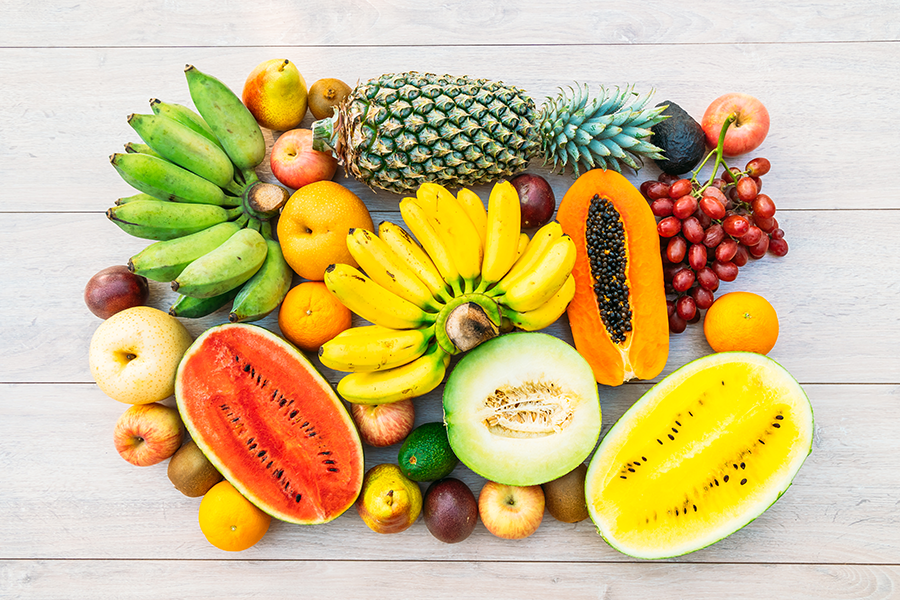
Top Exports: Dragon Fruit, Mangoes, Longan, Rambutan
Annual Export Value: Approx. $1 billion USD
Main Markets: China, USA, EU
Vietnam has emerged as a serious contender in tropical fruit exports over the past decade. Dragon fruit is its signature export, accounting for nearly 60% of the total fruit export volume. With government investment in agricultural modernization, better logistics, and expanding trade networks, Vietnam’s fruit exports are projected to continue growing rapidly.
8. Peru – Avocados and Mangoes on the Rise
Top Exports: Avocados, Mangoes, Bananas, Grapes
Annual Export Value: Over $1.5 billion USD
Main Export Destinations: USA, EU, China
Peru has made a name for itself as a major avocado exporter, second only to Mexico in Latin America. Its diverse microclimates enable year-round production of high-quality mangoes and avocados. Investment in irrigation and sustainability has further propelled Peru’s growth.
Peru is also a key player in organic banana exports. Its modern packaging facilities and emphasis on food safety compliance have helped it meet stringent European and North American standards.
Key Factors That Influence Export Success
Several factors contribute to a nation’s ability to lead in tropical fruit exports:
- Climate & Soil: Ideal growing conditions significantly boost yield and quality.
- Infrastructure: Roads, cold storage, and ports determine how efficiently fruits reach global markets.
- Trade Agreements: Bilateral and multilateral trade deals open up new markets and reduce tariffs.
- Certifications: Organic, Fair Trade, and Global GAP certifications increase consumer trust and access to premium markets.
- Innovation: Nations investing in crop diversification, pest control, and sustainable practices stay ahead of the curve.
Conclusion
While bananas may still dominate the tropical fruit export scene, the rise of avocados, mangoes, and pineapples is reshaping global trade dynamics. Ecuador, Mexico, the Philippines, and Costa Rica remain at the top due to their specialization and favorable conditions. Meanwhile, nations like Vietnam, Peru, and India are gaining ground through innovation and diversification.
Understanding which nations lead and why offers valuable insights not just for traders and economists, but also for students, policymakers, and sustainability advocates. With climate change and consumer preferences evolving rapidly, the future of tropical fruit exports will depend on adaptability, resilience, and sustainable growth strategies.
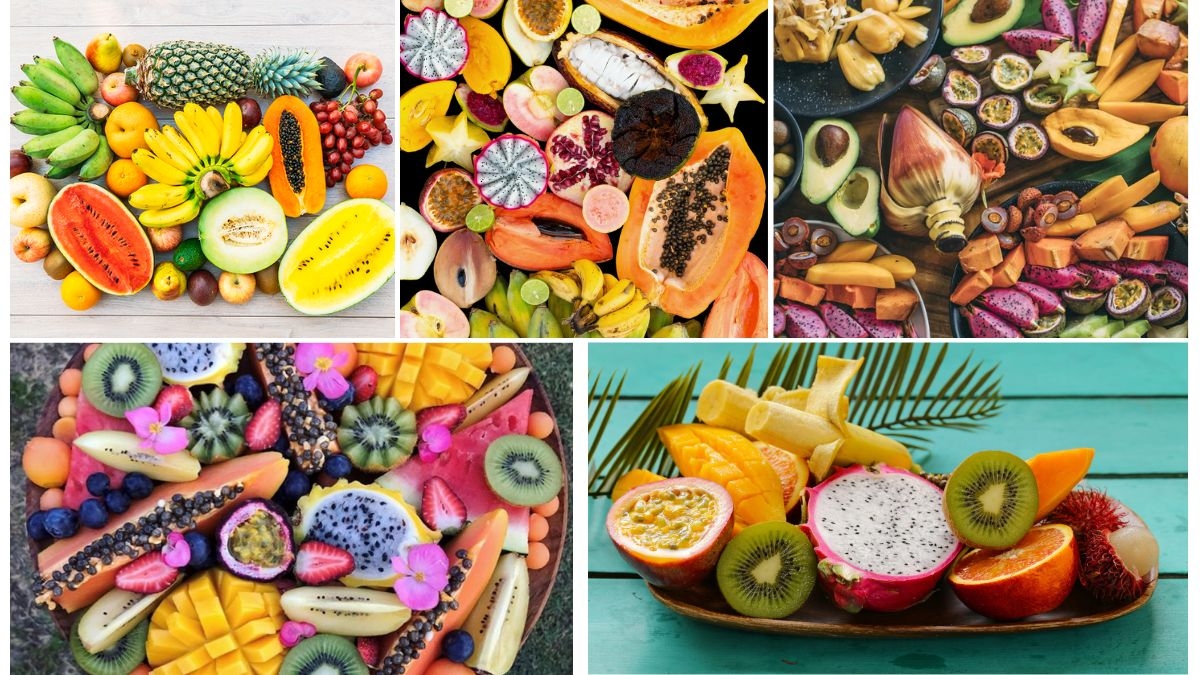
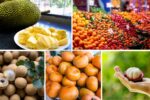




Leave A Comment